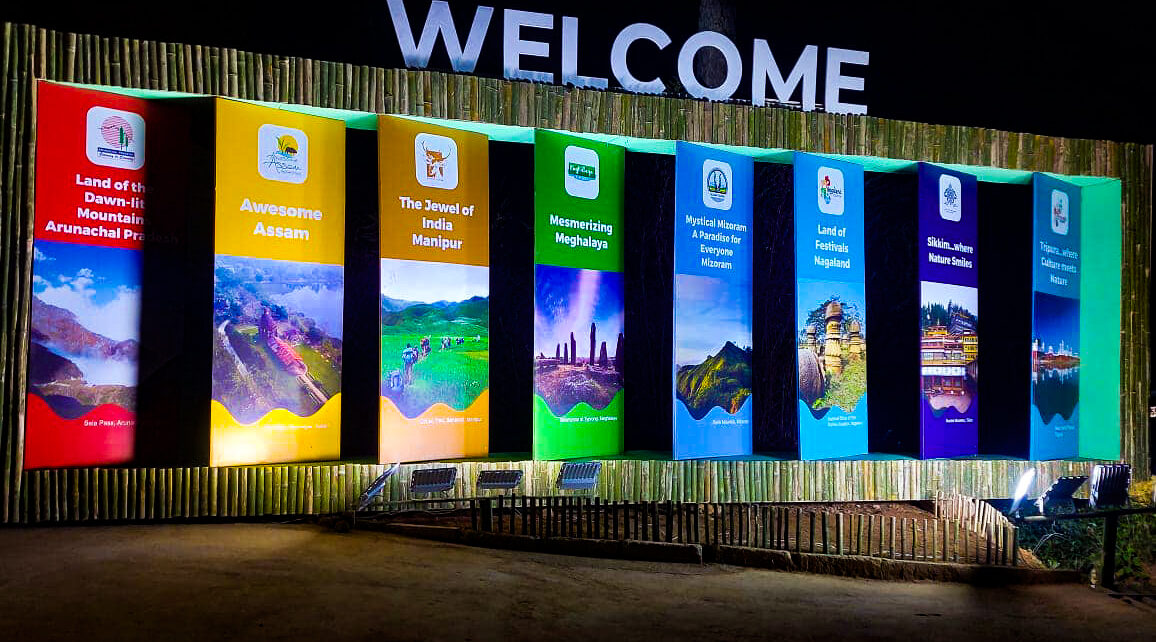By Netpal Travel Bureau
As raindrops begin to rhythmically caress the earth and the monsoon settles over much of India, there’s a quiet magic in the air—an interlude of sorts. While many travellers slow down, preferring to stay indoors or escape to quieter retreats, something else begins to stir in the corridors of the travel industry.
A different kind of journey unfolds, not on winding roads or through scenic landscapes, but across hotel ballrooms, networking lounges, and exhibition halls. This is the time of year when ideas travel faster than planes, when connections are made before journeys even begin.
Welcome to the travel industry’s most strategic window of opportunity—July to September. It may not be high season for leisure tourism, but for those who shape the travel world—tour operators, hoteliers, tourism boards, wedding planners, film scouts, and educational institutions, this period is a golden runway for preparation, promotion, and partnership.
But why now? What makes this time of year so significant that cities across India, from Ahmedabad to Kolkata, Bengaluru to Delhi, host a flurry of roadshows, trade meets, tourism conclaves, and destination showcases?
The answer lies in rhythm, relevance, and readiness.
This mid-year phase serves as a crucial checkpoint. Half the calendar year has passed, and businesses are re-evaluating their goals. Marketing budgets are being reassessed. Strategies are recalibrated. The festive season looms just a few months away, and with it comes a massive spike in travel, both domestic and international.
What happens in July and August often determines who gets top-of-mind recall when families begin booking their Diwali getaways, when couples plan destination weddings, and when filmmakers go scouting for their next breath taking backdrop.
Unlike the hustle and chaos of peak tourist months, this season offers a rare kind of breathing space. Industry stakeholders are not buried under bookings—they’re in planning mode. They’re curious, open, and actively seeking new alliances. It’s the perfect climate for conversations that go beyond the transactional. Deals are not just signed—they’re imagined, nurtured, and built to last.
International tourism boards understand this rhythm too. Post the summer travel surge in Europe and Southeast Asia, they’re looking to re-engage with Indian travellers, who are now seen as one of the most powerful outbound segments in the world. Whether it’s promoting off-season packages or building pre-winter visibility, this is when global destinations plant the seeds for fourth-quarter bloom.
Even the media plays differently during this time. With lifestyle event calendars relatively quiet and fewer distractions, travel stories get more prominence. Editorial coverage is deeper. Interviews are longer. Photo stories breathe.
But perhaps the biggest benefit of hosting or participating in travel events during this season is the quality of engagement. The audience is not distracted or overwhelmed. They are attentive, involved, and eager. B2B meetings last longer. Presentations are more focused. Business cards are not exchanged hastily—they are followed by meaningful discussions, WhatsApp follow-ups, and calendar invites.
Monsoon in India is a time of nostalgia, rejuvenation, and quiet introspection. It softens the mood. It adds depth to storytelling.
So while many may overlook July to September as a period of lull or logistical challenge, the savvy players of the travel world know better. They know this is when the groundwork is laid, when reputations are built, and when relationships take root. It’s the season where the most important journeys don’t begin at airports, but in conversations, commitments, and collective vision.


